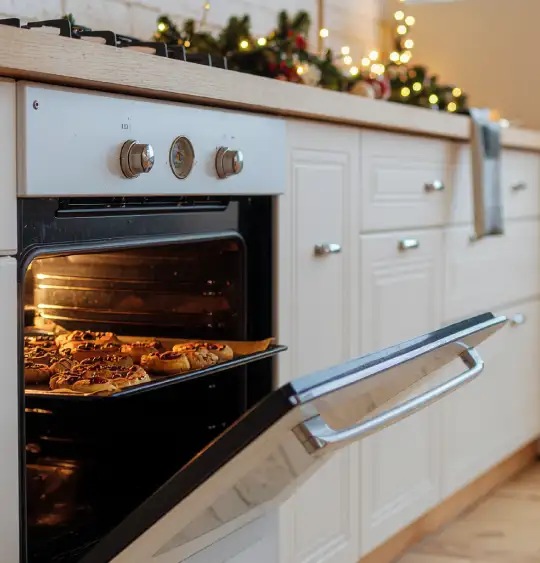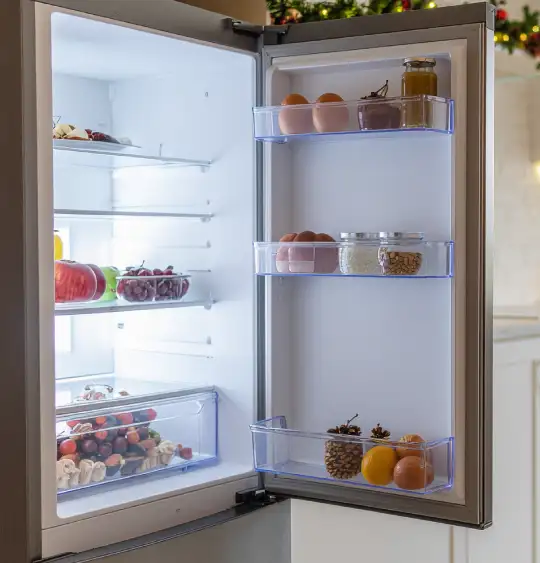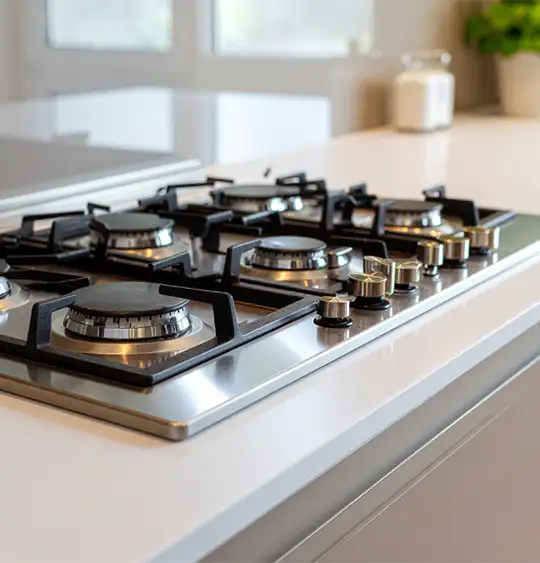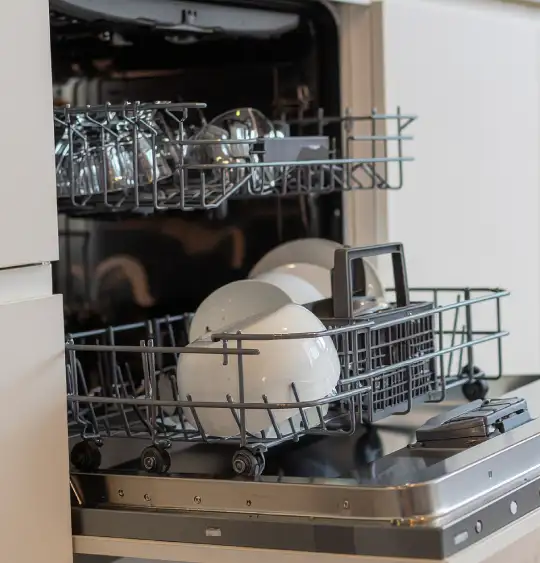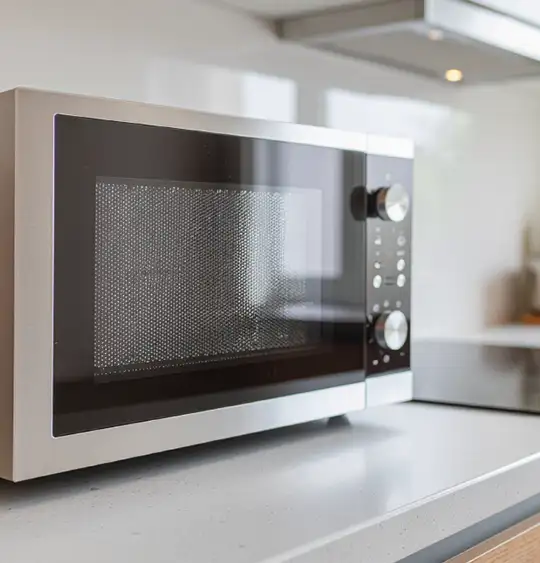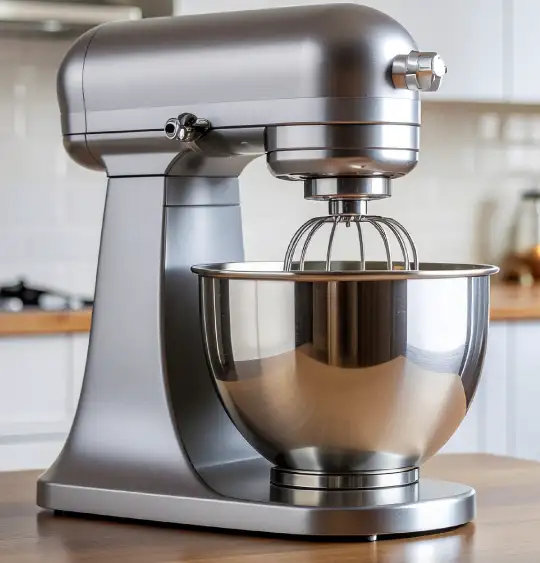
¿Estás estancado o estás creciendo con visión?
Autor: Armida Peña
Muchos negocios hoy en día están estancados, y no están avanzando. Simplemente están intentando sobrevivir: venden lo justo para cubrir los gastos. Siendo honestos de antemano sabemos que eso no es sostenible. Porque los gastos suben, los clientes cambian y la competencia siempre se está reinventando. Y si tú solo estás sobreviviendo, en realidad estás retrocediendo.

Te invito a hacerte esta pregunta:
¿Estás trabajando cada día solo para que tu negocio no muera o para que tu visión realmente crezca?
Crecer con visión no es un lujo. Es una necesidad. Y es precisamente por eso que sobrevivir no es una opción. Tener visión es mucho más que conformarse con hacer lo que toca. Por eso, ahora más que nunca, se necesita estrategia, orden financiero y creatividad para generar ingresos con lo que ya tienes. Rodearte de personas que también están creciendo con visión.
No te sientes a esperar que las cosas vuelvan a ser como antes porque es algo que no sucederá. Tomate el tiempo para revisar precios, controlar costos, negociar con proveedores y pensar con cabeza fría. No es un buen tiempo para estar improvisando. No se trata de trabajar más, sino de trabajar mejor y avanzar con intención.
Muchas veces confundimos trabajo duro con dirección clara. Y eso nos lleva al agotamiento… sin crecimiento. Recuerdo que hubo un tiempo en que Triple A Plaza Appliances solo generaba lo justo. Yo misma decía; “todo está bien mientras no pierda”. Pero eso me estaba quitando energía y visión. Intentaba convencerme de algo que no iba de acuerdo con mis metas. Decidí hacer cambios, revisar precios, capacitar al equipo, lanzar nuevos servicios y digitalizar procesos. Y eventualmente todo cambió. Tomar la decisión no fue fácil. Pero salir del estancamiento nunca es fácil. Es una decisión que a veces nos toma tiempo.

Microacciones para despertar tu negocio:
Por eso siempre recomiendo las microacciones para que los cambios necesarios se inserten en tu empresa de una forma fácil y permanente. Puedes comenzar esta semana con estas 5 microacciones que pueden ayudarte a despertar tu negocio.
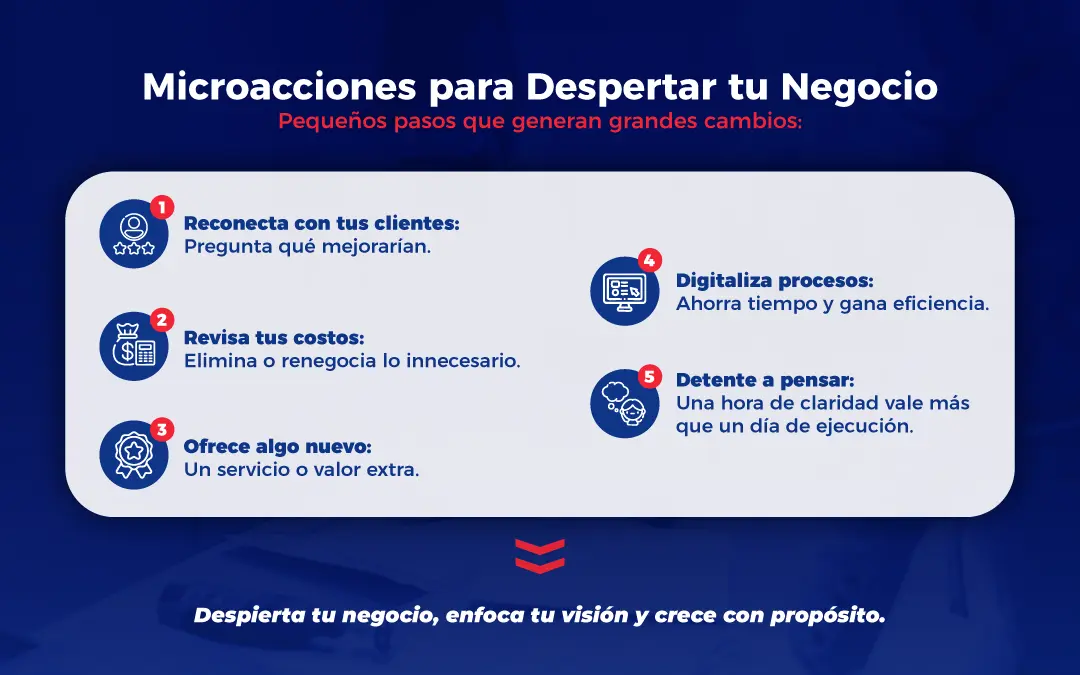
1.- Habla con 5 clientes antiguos: pregúntales qué mejorarían.
2.- Revisa tus costos fijos: ¿hay algo que puedas renegociar o cortar?
3.- Agrega un servicio extra, aunque sea temporal.
4.- Digitaliza una parte del negocio que aún sea manual.
5.- Dedica una hora a pensar y no a ejecutar.
Cuando un negocio está estancado, muchas veces no necesitamos más ideas, sino más honestidad ante la realidad del negocio. A veces, solo basta hacer las preguntas correctas para descubrir dónde está el freno y cómo soltarlo. Estas preguntas no son fáciles, pero pueden ayudarte a re-enfocar, re-encontrarte con tu propósito y tomar decisiones con más claridad.
Aquí te dejo algunas preguntas clave para reflexionar junto a tu equipo y re-enfocar la visión:
- ¿Qué haríamos diferente si tuviéramos que empezar este negocio desde cero?
- ¿Qué parte de nuestra operación está más atrasada y necesita actualizarse?
- ¿Qué tipo de cliente estamos atrayendo… y cuál queremos atraer?
- ¿Qué nos está funcionando realmente? ¿Qué ya no está funcionando?
- ¿Qué decisiones no hemos tomado por miedo al riesgo?
Este es tu momento para recuperar la visión. Para cuestionar, mejorar y tomar decisiones valientes. Porque mientras otros solo trabajan para sobrevivir, tú puedes empezar a trabajar para trascender. A sabiendas de que un negocio que no avanza está en pausa; Y una pausa muy larga, se convierte en retroceso. Quiero que tengas presente que sobrevivir no es tu meta, tu meta es crecer con propósito. La claridad viene desde tu quietud.


